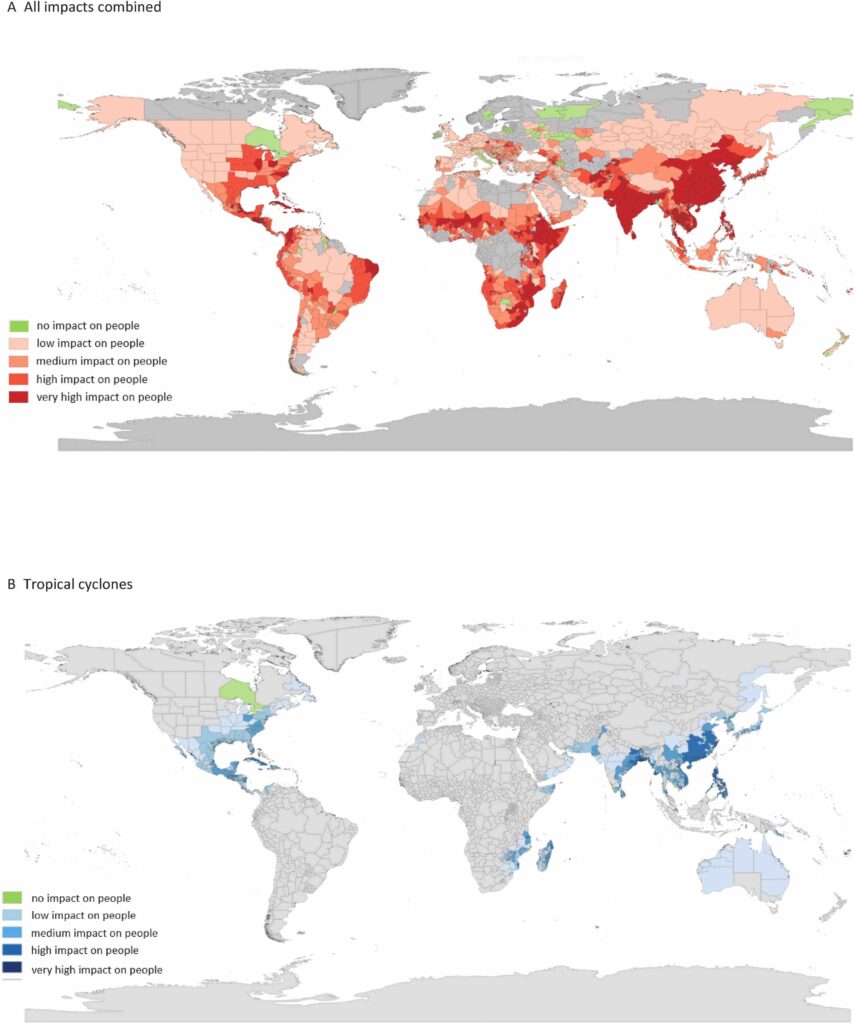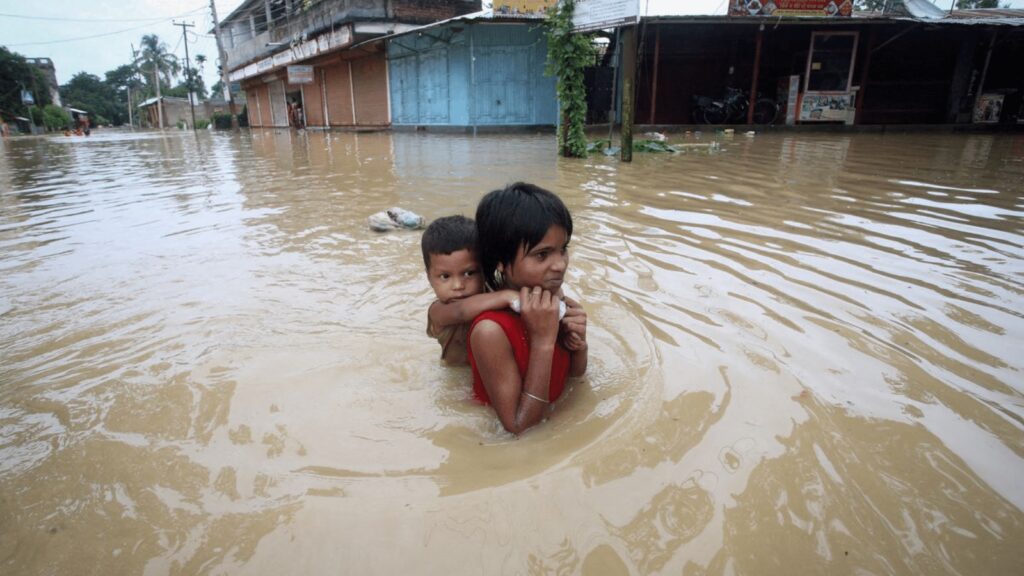The findings paint a sobering picture: Countries with a Human Development Index (HDI) lower than 0.78 experienced a higher impact from climate-related disasters, while nations with high levels of human development had the lowest percentage of people affected by such events.
A striking disparity has emerged in how climate-related disasters impact populations across the globe, with countries having lower levels of human development bearing a disproportionate burden, according to a new study published in the International Journal of Disaster Risk Reduction.
RELEVANT SUSTAINABLE GOALS



The research, led by Camila I. Donatti of the Betty and Gordon Moore Center for Science in the United States, analyzed the occurrence of climate-related disasters over two decades (2000 to 2020) and illustrated how they are impacting populations worldwide, depending on their levels of human development.
The findings paint a sobering picture: Countries with a Human Development Index (HDI) lower than 0.78 experienced a higher impact from climate-related disasters, while nations with high levels of human development had the lowest percentage of people affected by such events.
“Countries with higher levels of human development have more resources to plan for climate-related disasters, and to warn and educate populations about risks, in addition to having populations with the needed resources to adapt and respond to climate change,” the authors observed.
Uneven Burden of Climate Disasters
The study found that the cumulative percentages of the population impacted by climate-related disasters in European countries were notably lower compared to countries in Australia, Africa, North America, Asia, and South America.
Notably, countries in Africa showed an increase in people impacted by climate-related disasters over time, despite a decrease in the number of such events. The same trend was observed in North America, where a decline in the number of events did not result in a significant change in the percentage of people affected.
Between 2000 and 2020, over 4,600 occurrences of climate-related disasters were documented, directly impacting over 3.3 billion people — equivalent to 44 percent of the global population in 2020. Over 472,000 people died because of these events, with droughts, riverine floods, and tropical cyclones accounting for the highest number of people impacted.
Hotspots of Climate Disaster Impact
The analysis, which combined impacts from seven climate-related disasters (tropical cyclones, droughts, flash floods, riverine floods, heatwaves, landslides and mudslides, and wildfires), identified several hotspots where populations were most severely affected.

These areas included Eastern and Central Mexico, the Caribbean, parts of Central and South America, the Eastern United States, West and Central Africa, East Africa, Southern Africa, Eastern Portugal, parts of the Middle East, South and Southeast Asia, and parts of East Asia.
Nature-Based Solutions: A Cost-Effective Approach
While the findings highlight the stark inequalities in the impact of climate disasters, the authors also point to the potential of nature-based solutions as cost-effective approaches for adaptation, particularly in countries with fewer resources.
Actions aimed at restoring, protecting, and managing nature, such as the conservation of coastal habitats for protection from flooding and erosion, grazing management, and the protection of savannas and grasslands, have shown promising results in preventing losses and providing ecological, social, and mitigation benefits.
As the world grapples with the escalating effects of climate change, the study underscores the urgent need for equitable and sustainable solutions that address the disproportionate burden borne by vulnerable populations.
Lead image courtesy of Lorenza Cotellessa. all other images courtesy of Beagle Button.
You may also be interested in :
Highlight Severe Impact Of Climate Change On Women and Girls


